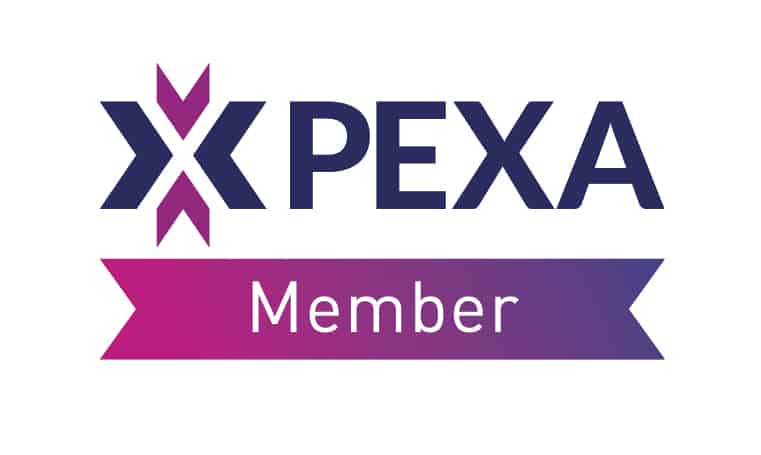
The breakdown of a marriage or de facto relationship can be incredibly stressful. Both parties want to achieve the best possible outcome for themselves. Consequently, dividing assets can be a difficult process.
However, receiving legal advice about your available options should help to minimise your emotional and financial stress. In this article, we cover what assets are included in the asset pool and how they are valued and divided.
What Assets are Included in the Asset Pool?
The asset pool is the total net value of all matrimonial assets. This includes assets, liabilities and superannuation interests:-
- in the name of both parties;
- in the name of either party; and
- under the control of one party.
Identifying `matrimonial’ or `relationship’ assets available for distribution between If you and your ex-spouse or de facto partner is an important and sometimes complex step in a property settlement. If you and your ex cannot agree which are matrimonial or relationship assets, the court may have to decide.
The court’s usual approach is to value the matrimonial/relationship assets as at the date of trial (not at the time of separation). The time of Trial may be up to 2 years after the commencement of proceedings. Between the dates of separation and the trial, the value of assets may have significantly risen or fallen. The court will consider any changes in value and, if appropriate, attribute such changes as being a contribution by a party. Depending on whether such change is positive or negative, it may increase or decrease that party’s overall entitlement.
There may be consequences if a party attempts to remove an asset from the pool by disposing of it before settlement. If a party wrongly disposes of an asset after separation, the court will consider the factual circumstances surrounding that disposal. It may decide to notionally “add back” the value of the asset to the matrimonial/relationship assets by treating it as part of the share of the person who dealt with it.. Cases surrounding this complex area of law are regularly developing the law.
A recent study found that the following ‘basic assets’ are usually divided in a settlement. The most common assets and the percentage of cases they were included in are:
- Furniture – 100%
- Cars – 95%
- Bank and credit union accounts – 81%
- House or unit – 77%
- Other basic assets – 46%
How are Matrimonial Assets Valued?
Valuation of matrimonial assets, although essential to resolve a family law property settlement, can be contentious. Here’s how the value of many of these items is determined:
Real Property
Land and homes are usually the largest value shared assets. Parties are often able to agree on a value after appraisals from real estate agents. However, it is generally better to get an independent valuation by an expert jointly engaged by both parties, as the value is more precise than an appraisal. This is required by the court if there is a dispute over value.
Business Interests
Parties should jointly instruct an independent expert such as a forensic accountant to carry out a valuation of a business, even if the business has an in-house accountant. In some cases, the value of the business will simply be the value of its assets minus its liabilities. In other cases, it is far more complex.
Motor Vehicles
A jointly appointed expert can be used to ascertain the value of a motor vehicle. If the value of the vehicle isn’t high, a website such as Carsales or Redbook can be used to provide a value range which the parties can use to agree on a price.
Furniture and Jewellery
The court tends to adopt a conservative approach to valuing furniture and jewellery, generally preferring the second-hand value to the insured or replacement value. Independent valuations can be used, but you should consider whether their cost is likely to outstrip the value of the jewellery.
How does the Court Divide the Matrimonial Assets?
If mediation and/or other negotiations fail and a settlement is only achievable by going to court, the court will decide what it believes is ‘just and equitable’ for both parties.
The court will:
- Consider the value of the assets after the payment of any liabilities;
- Consider the contributions made by each party, including:
- Financial contributions;
- Non-financial contributions (e.g. repairs to a property or unpaid work in a family business);
- Contributions as homemaker;
- Contributions as a parent;
- Assess the current and future circumstances of the parties referring to a list of factors including:
- the age and state of health of each of the parties;
- the income earning capacity or disparity between the parties;
- the length of the relationship and its effect on each of the parties’ income earning capacities; and
- who will be the children’s primary carer in future;
- Determine, in the whole of the circumstances and the adjustments made (percentage wise) to the contributions and circumstances of the parties moving forward, whether the division of assets is just and equitable.
The court can apply as much weight to these factors as it considers necessary, so there is no set formula for calculating how much each party will receive.
Couples can often resolve their financial issues outside of court but whether you can negotiate an outcome yourself or require the intervention of the court, you should seek independent legal advice concerning the best approach for your situation and your likely range of entitlement. Contact us to discuss your matter and receive advice on your best course of action.




